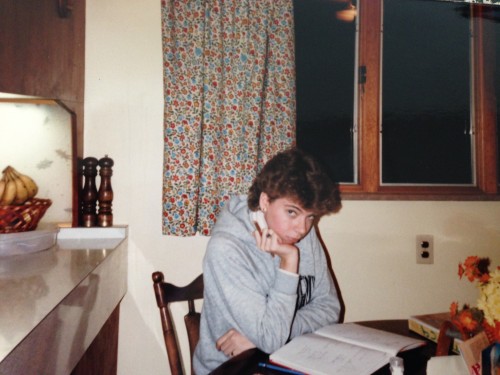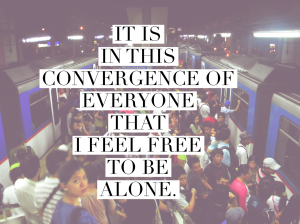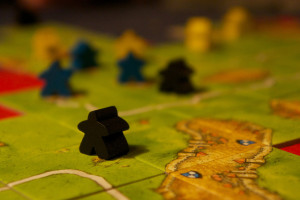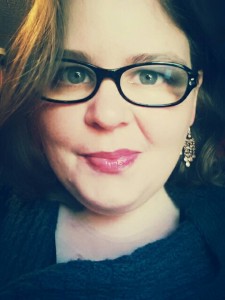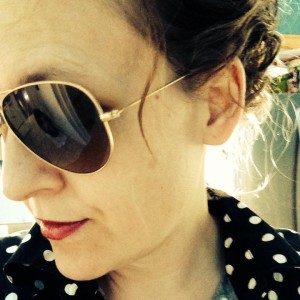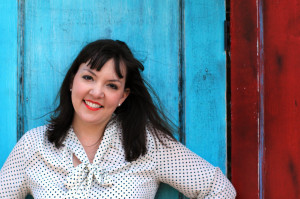It’s my fiftieth birthday and I’m wandering around a graveyard.
It’s not that I am feeling morbid, or even that I am attempting to come to terms with my mortality. (Although it’s hard to deny that there is something about turning 50 that pulls the whole mortality thing into sharper focus.)
My younger brother is visiting from New York City, which doesn’t happen very often, and we have decided to take a drive into the country to visit our parents’ burial plot.
“Do you have any paper towels?” Vern asks, as we merge onto the interstate, heading south from Pittsburgh toward Washington County, Pennsylvania.
I point to the glove compartment and raise my eyebrows. “Why?”
“Remember the last time we visited?” he asks, and I do. We planted marigolds, and we scrubbed dried bird droppings from the marble headstone. We laugh and agree that this is par for the course in a graveyard surrounding a church with the word “pigeon” in its name.
Forty-five minutes later, we pull into the parking lot of Pigeon Creek Presbyterian Church in Eighty Four, Pennsylvania. A stone monument to the left of the wide front door proclaims the church’s historical significance:
The Pigeon Creek Presbyterian Church was founded by John McMillan August 24, 1775. It is the oldest church west of the Monongahela River.
***
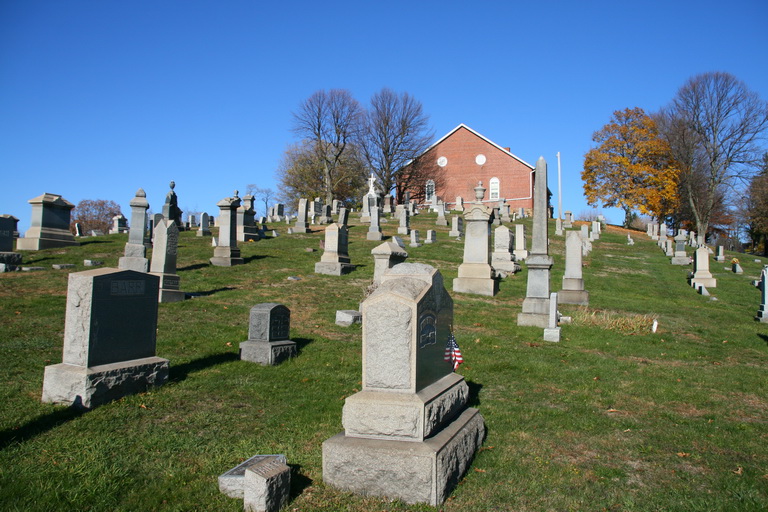 My mother’s mother is a descendant of the Rev. John McMillan. Pigeon Creek was the home church of my mother’s father—and his parents, and their parents, and so on. This little red brick country church, perched atop a hill near the intersection of Brownlee and Church Roads, is in walking distance of the house in which my mother grew up, and in which I lived my first two and a half years.
My mother’s mother is a descendant of the Rev. John McMillan. Pigeon Creek was the home church of my mother’s father—and his parents, and their parents, and so on. This little red brick country church, perched atop a hill near the intersection of Brownlee and Church Roads, is in walking distance of the house in which my mother grew up, and in which I lived my first two and a half years.
Grandpa Hamilton was an elder at Pigeon Creek Presbyterian Church, and Grandma Hamilton taught Sunday school and accompanied the choir on the piano. This is where Mom and Dad were married, where my two younger brothers and I were all baptized, and where my parents are buried, in a plot next to my grandparents.
It never fails to amuse me, as a person descended—through my mother’s line— from a long line of English, Scots-Irish, German, White Anglo-Saxon Protestants, to see the Maczuzak headstone adjacent to the Hamilton one. My father, the son of a Ukrainian immigrant coal miner, married into a family of WASPs and is now buried among them.
I am descended from a Scots-Irish Presbyterian missionary who opposed the Whiskey Rebellion on the western frontier of America in the late 18th century. And I am the granddaughter of a brave Eastern European 18-year-old who sailed to Ellis Island in 1913 to labor in the coal mines of western Pennsylvania. The presence of my surname in Pigeon Creek’s graveyard, just a few hundred yards from a handful of Revolutionary War interments, speaks eloquently of the American story—and of mine.
***
Since my mother’s and father’s funeral services, a decade ago and nearly three years ago, respectively, I have attended only one worship service in this building—the installation of its new pastor, my friend and former campus ministry colleague, John Dykstra. That intersection of past and present is a story for another time, and a bit of serendipity. Another chapter in my history with this church.
Today, we stand together in the center of the small sanctuary, and John catches us up on the modern-day happenings of this congregation. Vern and I reminisce about our childhood memories of this place—how much brighter it used to be before the clear windows were replaced with stained glass, how the Hamilton/Maczuzak clan always sat in the same pew—second row on the left, as you face the altar.
We walk to up to the chancel to investigate the inscribed plaque on the side of the upright piano which has graced this space for nearly 40 years, a living monument to our musical grandmother:
IN MEMORY
FRANCES F. HAMILTON
MAY 7, 1978
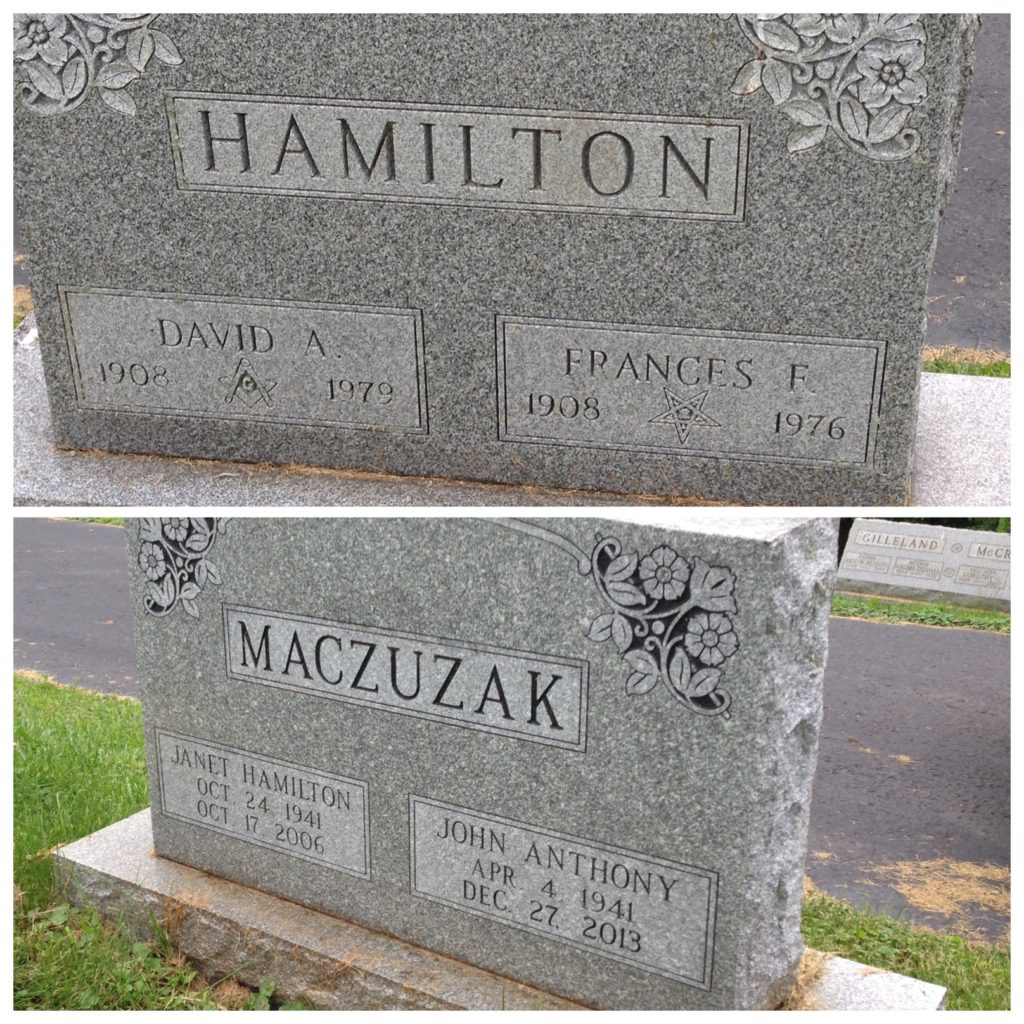 We step into the bright September sunshine and walk together down the steep bank to visit the matching marble headstones for DAVID A. & FRANCES F. HAMILTON and for JANET HAMILTON & JOHN ANTHONY MACZUZAK. My grandpa and my dad were both predeceased by their wives, and when visiting the graves, must have experienced the jarring sensation of seeing their own names and birth dates etched into the marble, a blank space waiting to be filled in at some future time.
We step into the bright September sunshine and walk together down the steep bank to visit the matching marble headstones for DAVID A. & FRANCES F. HAMILTON and for JANET HAMILTON & JOHN ANTHONY MACZUZAK. My grandpa and my dad were both predeceased by their wives, and when visiting the graves, must have experienced the jarring sensation of seeing their own names and birth dates etched into the marble, a blank space waiting to be filled in at some future time.
By the time they were my age, my parents knew where their earthly remains would rest. I am now 50 years old, and I have no idea.
***
“Are you two related to the Hamiltons at the top of the hill?” John asks, and curious to find out, we climb the steep bank to check out the headstones closest to the rear of the church building. Catching my breath after the climb, I pull out my phone and snap a photo of an ornate headstone:
David M. Hamilton
Aug. 28, 1846–Apr. 26, 1911
———–
Elizabeth A. His Wife
Mar. 15, 1855–May 16, 1933
I text the picture to my mom’s brother and ask, “Who is this?”
Uncle John replies within minutes, identifying my great-great grandfather. After some back-and-forth Q and A, he wishes me a happy birthday and teases me about how I have chosen to spend it.
***
I don’t visit this cemetery often, and I confess that I am never really sure what I’m supposed to do when I get here. I feel connected to my parents in all sorts of places—even moreso than on this quiet country hillside.
But this is where we gathered with our family and friends shortly after they died. This is where we shared memories about how grateful we were to have known them. This is where we chose to erect a monument to commemorate that, once upon a time, they lived and breathed and laughed and cried and loved.
Like my ancestors at the top of the hill, most of whom I never met, and the people buried in the nearly illegible Revolutionary War era graves, the headstones in this cemetery represent flesh-and-blood men and women who lived full, rich, complicated lives about which I know very little. But I do know this: if they had not lived, I would not be here.
As Vern and I say goodbye, my friend John assures me that it’s not too late to purchase a burial plot in the Pigeon Creek Presbyterian Church cemetery, and we laugh. But then I wonder. Maybe I should. I’m not getting any younger.
***
Amy Maczuzak is a writer and editor who has lived most of her fifty years in or near Pittsburgh, Pennsylvania.


